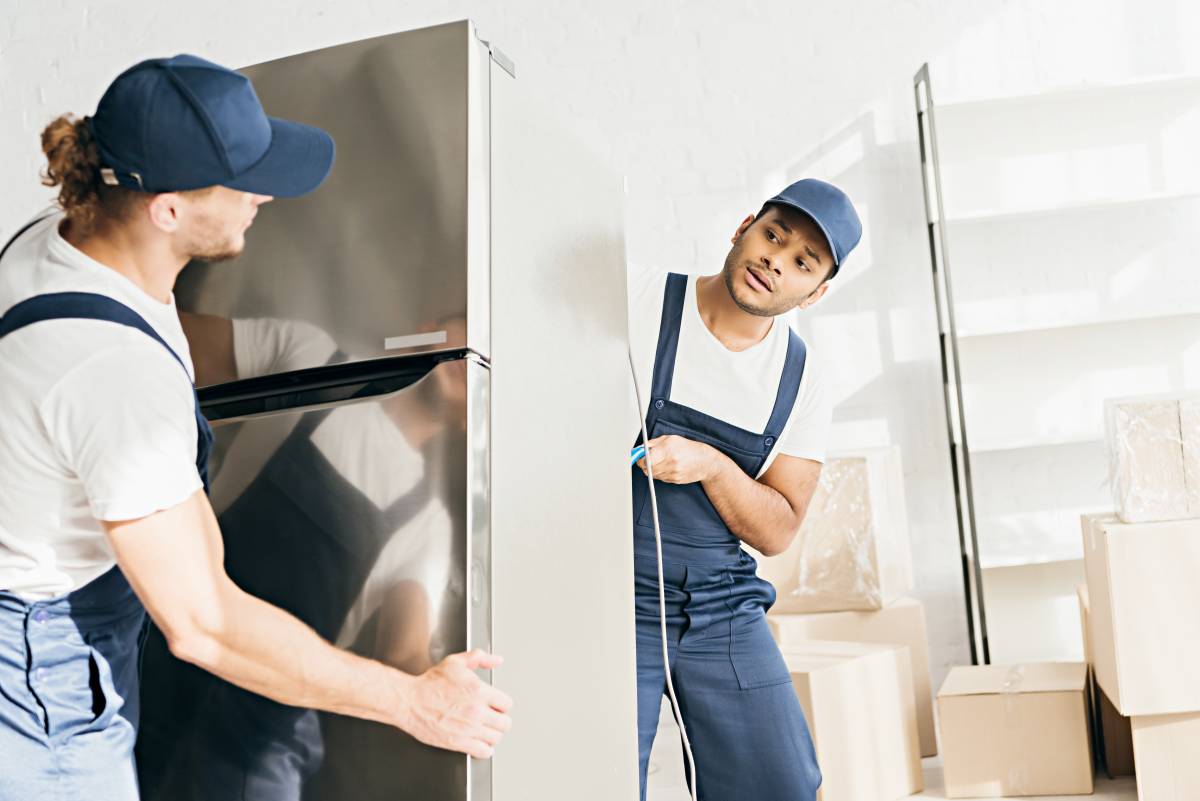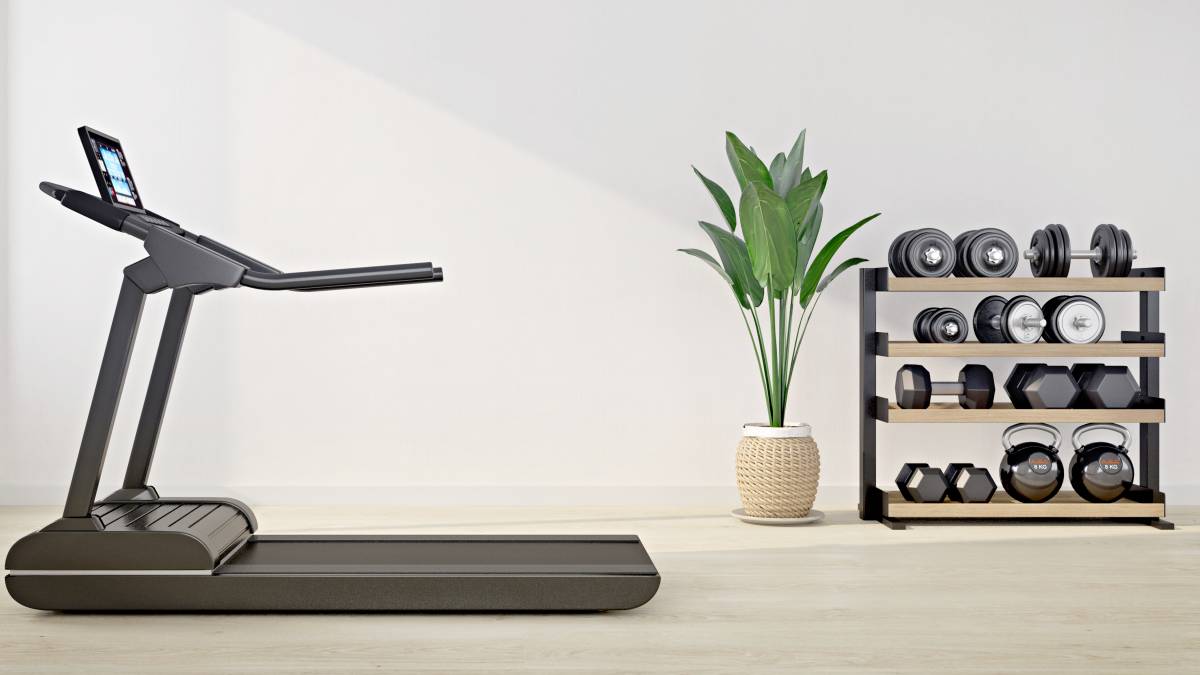- Home/
- Guides/
- Truck Removals/
- How to Pack a Moving Truck

Last Updated on
Learning how to properly pack a moving truck doesn’t have to be chaotic - there’s a method to it. Here, we list the most important steps and all the things you need to remember when it’s time to load a moving truck.
Steps to loading a moving truck
Step 1: Figure out what size truck you need
Depending on the moving company or truck rental company you’re working with, you will usually be presented with the following types of moving trucks:
Type of truck |
Best for |
Approximate dimensions |
Small truck |
1-bedroom or studio apartment |
14 cubic metres |
Medium truck |
2-bedroom home |
46 cubic metres |
Large truck |
3-bedroom home, relocating with family |
56 cubic metres |
You’ll also want to make sure that you hire enough movers to help carry furniture and that the truck has an appropriate loading ramp for your needs (say, you have a grand piano).
Need help to figure out the best moving truck for your home? Feel free to consult a local truck removal service!
Step 2: Gather the necessary packing materials
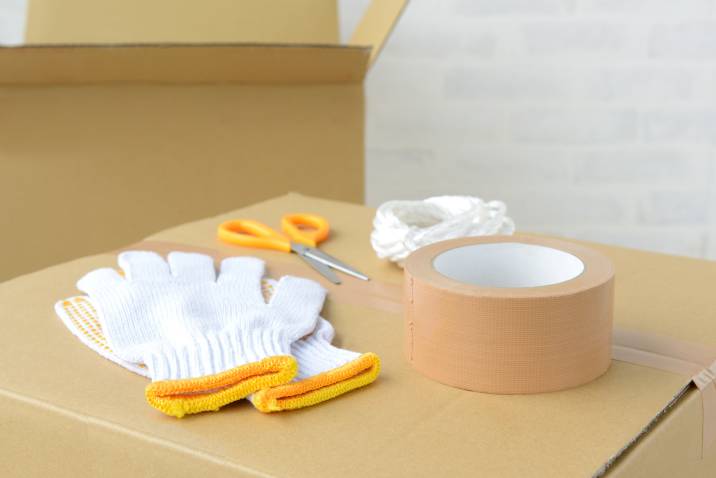
As you get ready to move, you’ll need to buy or rent the following items:
- Dollies - To move boxes around without lifting
- Furniture pads, moving blankets, old newspapers, packing paper, or bubble wrap - To pad sensitive parts of your furniture or fill spaces in your boxes to avoid damage. You can also use towels, blankets, or clothes to pad around items.
- Boxes - These can be new or recycled as long as they’re sturdy enough to store and protect your items.
- Markers and labels - These necessary packing supplies help you identify the wrapped-up and boxed-up items and where they need to go.
- Packing tape - To hold the padding together and keep boxes closed
- Moving straps - Keeps your furniture from shifting around while in transit
-
Large tarp - To spread on the floor of the truck; This prevents your furniture from getting dirty
You can also check out this comprehensive moving checklist to help you plan what, when, and how to pack.
Step 3: Start packing your items

The next step in the moving process is putting your household items in boxes or making them easier to load into the truck.
- Disassemble your larger furniture and appliances, such as dining tables, dressers, and drawers.
- Sort through each cupboard and closet, and assemble an “essentials box” for your last few nights in your current home.
- Identify what items you’ll have the movers handle and which ones you’ll transport yourself (i.e. if you’ll be transporting items ahead or in your own car). You may also want to take this opportunity to sort through things you want to keep, toss, or sell/donate.
If you don’t have the time or resources to do all this on your own, you can reach out to family or friends to help you pack. Don’t have loved ones living nearby? You can also hire an affordable packing service to assist you!
☞ Also read: How to pack boxes for moving
Step 4: Start loading your moving truck

The most important part of how to pack a truck for moving is the order in which to load your items and where to position them during the trip.
- Largest and heaviest items first: Start loading your heavy items towards the front of the truck (near the cab where the driver sits) and against the walls. These include bed frames, table tops, table legs, coffee tables, and large appliances, such as your refrigerator and washing machine.
- Medium-heavy items next: Place your medium-heavy bulky items on top of the heaviest objects or in the centre of the back of the truck. These include your headboards, chairs, and heavy boxes. Other heavy furniture, like filing cabinets, can fall under this category, too. Make sure you store headboards in an upright position to prevent damage while in transit.
- Secure longer items along the longest walls: Place your box springs on the side of the truck, making sure to secure them with moving straps. Position your couch on the opposite side against the wall. Doing this maximises the space in the back. You’ll want to add paper padding for extra protection around your couch to avoid damaging it during the trip.
- Light, fragile, and odd-shaped items last to save space: Next, load light, fragile, and odd-shaped remaining items into the empty spaces. These include smaller boxes with kitchen appliances, collectibles, and clothing. Make sure to load the boxes in layers, with the heavier items at the bottom and the lighter boxes at the very top. This keeps the weight evenly distributed.
- Pad fragile items and don’t put anything on top: Fragile items such as long mirrors should be well-padded before you place them on their side in the truck, with nothing stacked on top.
- Fill the gaps with non-fragile items: Now that you’ve figured out where to place the large furniture and fragile items, you should be left with various “cubby holes” that you can fill with soft, non-fragile items such as garbage bags with clothing, bedding, linens, and shoes. These items are easier to squeeze into the truck and provide extra padding for everything else, so packing them last makes perfect sense.
☞ Also read: How to use moving blankets
Where to load valuables and documents when moving
Important documents and valuables, such as jewellery, are best stored in an overnight bag you’ll keep during the move. Even if you’re making a DIY move, doing this means you’ll have an eye on your valuables, and they won’t get mixed up among the other boxes.
Tips for packing a moving van
Securing your belongings
- Long mirrors and paintings can be placed between mattresses or couch cushions for extra support.
- If you’re moving dressers and desks without disassembling them, place them against your mattress to stop drawers from opening.
- Is the truck rental bigger than the space you need? Maximise the floor space of the truck and keep the layers of items close to the ground. This prevents your belongings from jostling around.
- Fragile items can be kept in a box in the truck cab or transported separately (e.g. if you’re driving ahead of the truck rental).
- Keep your small electronics, such as your computer and tablet, with you in the cab.
Keeping your things accessible
- Keep a separate essentials bag while packing. This should have enough food and toiletries for you to survive a few days without having to unpack boxes or buy new items right before moving day. You can keep this essentials bag with you in the cab when you move.
- Use separate boxes for items from different rooms to stay organised while packing and unpacking.
Saving space in the truck
- Use properly-sized boxes to save space. To maximise space, you can also use soft, non-fragile items as box stuffers/padding. These can include clothing or towels.
- Have too many bags and suitcases? They can double as “moving boxes,” too!
Don’t be shy about asking for help when you move! Nowadays, you can easily find packing services near you.
Need a hand with your upcoming move? Find affordable removalists near you!
Now that you know how to pack a moving truck to maximise space, it’s time to get moving! If you still feel overwhelmed with all you need to do for your upcoming move, good news. With Airtasker, you can easily hire experienced, cost-efficient truck removals who can make moving day less stressful.
Find truck removals, fast
Find a truck removal service
FAQs on packing a moving truck
It depends on the size of the truck and the kinds of household items you have, as well as the number of people involved. A smaller truck may take an hour to load, while the largest consumer moving truck can take as long as 4.5 hours.
To pack a sofa into a moving truck:
- Start by padding the edges to avoid damage during the trip.
- Use a dolly to roll the couch onto the truck and prop it up against one of the walls.
- If you have two similar-sized sofas, place them opposite each other to balance the weight.
You can book furniture movers if you’re only moving a couple of couches and not your entire house.
You shouldn’t pack the following in a moving truck:
- Valuables - Jewellery, important documents
- Flammable/hazardous items - Flammable or corrosive materials like aerosols, paint cans, and cleaning products
- Frozen food
- Plants or pets
It usually takes less time to unload a moving truck. For example, loading a 3-metre truck can take up to an hour, while unloading it may take only 45 minutes. This is because it’s easier to move boxes through a near-empty house with clearly-marked bedrooms and bathrooms than through a maze of packing paper and half-empty cupboards.
Related articles
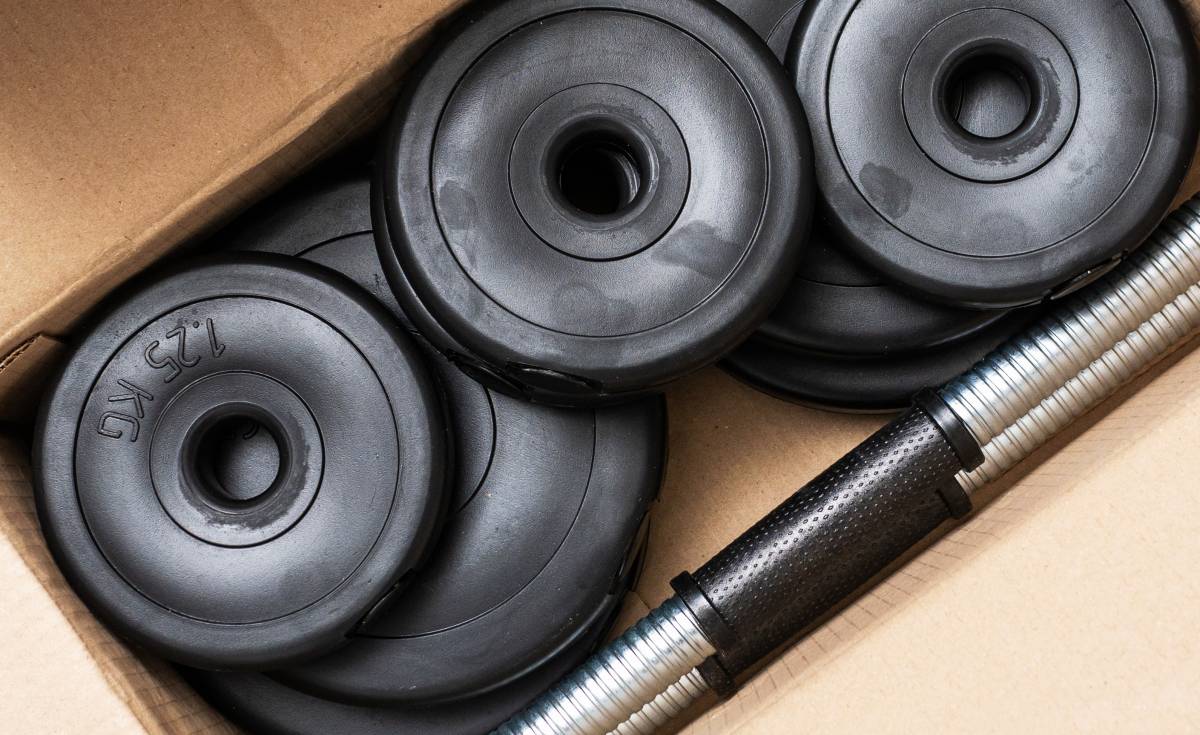
How to move gym equipment safely
Read more
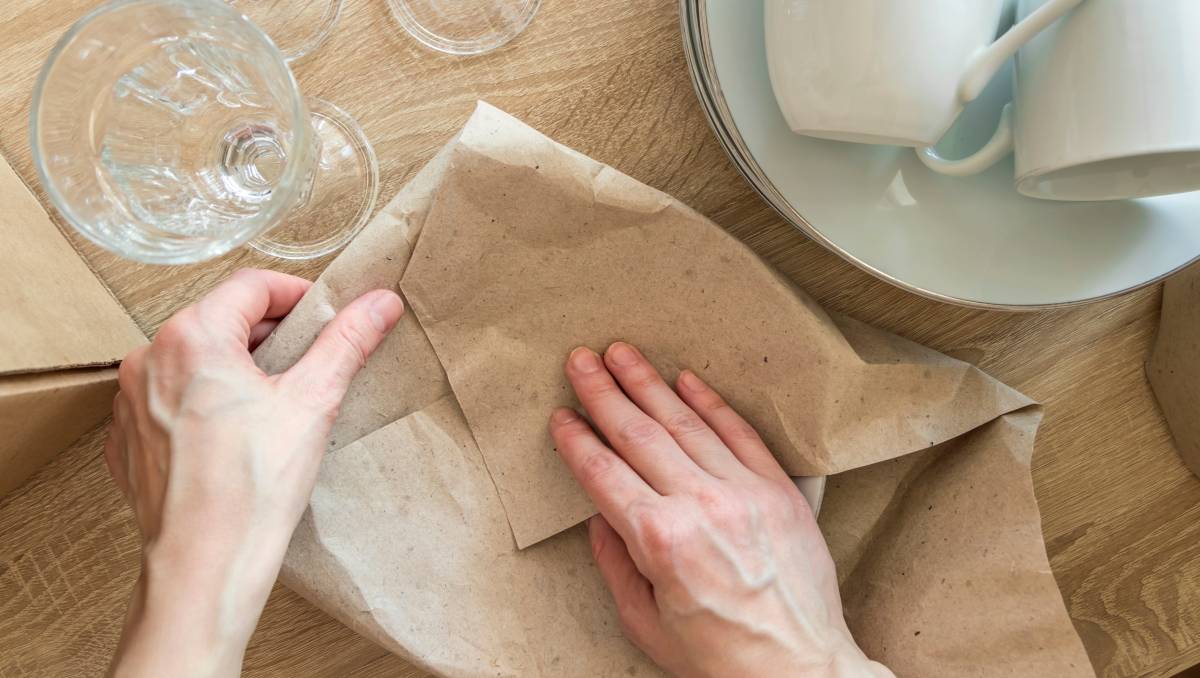
How to pack kitchen items
Read more

How to pack artwork for moving
Read more

Tips for moving house with kids
Read more
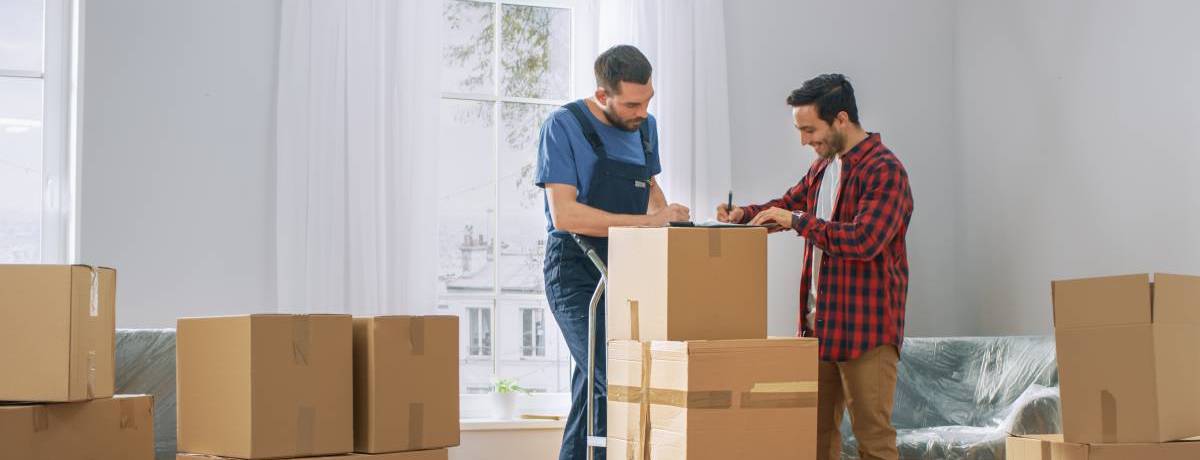
A guide to becoming a removalist
Read more

How much do removalists make?
Read more
Related price guides
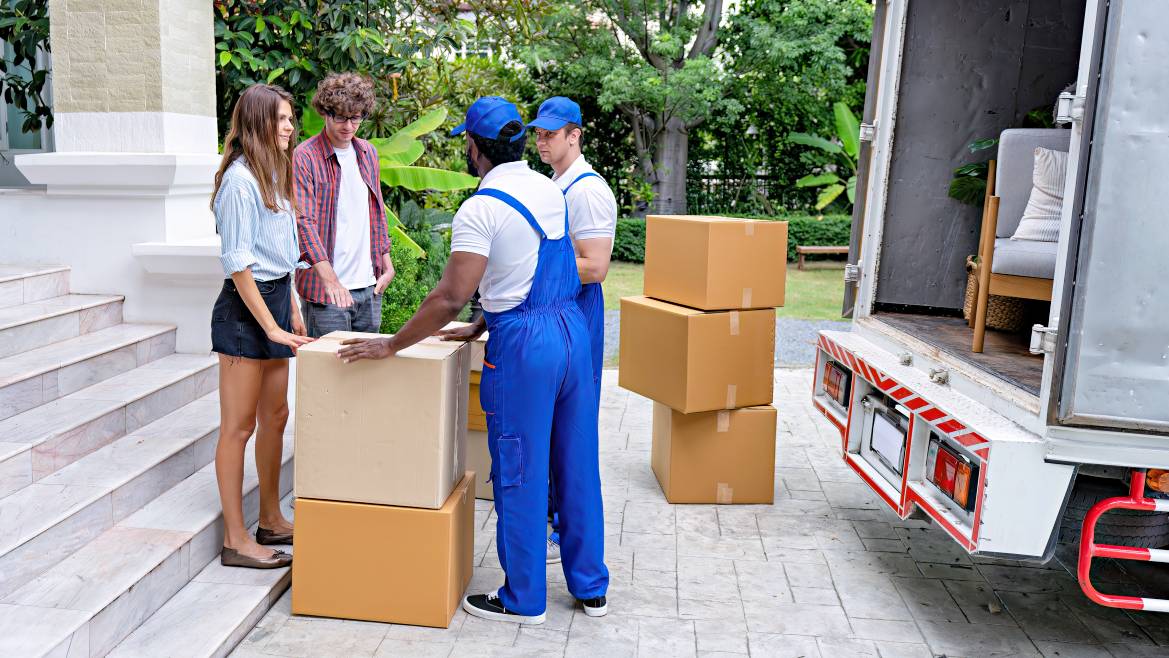
How much do removalists cost?
Read more
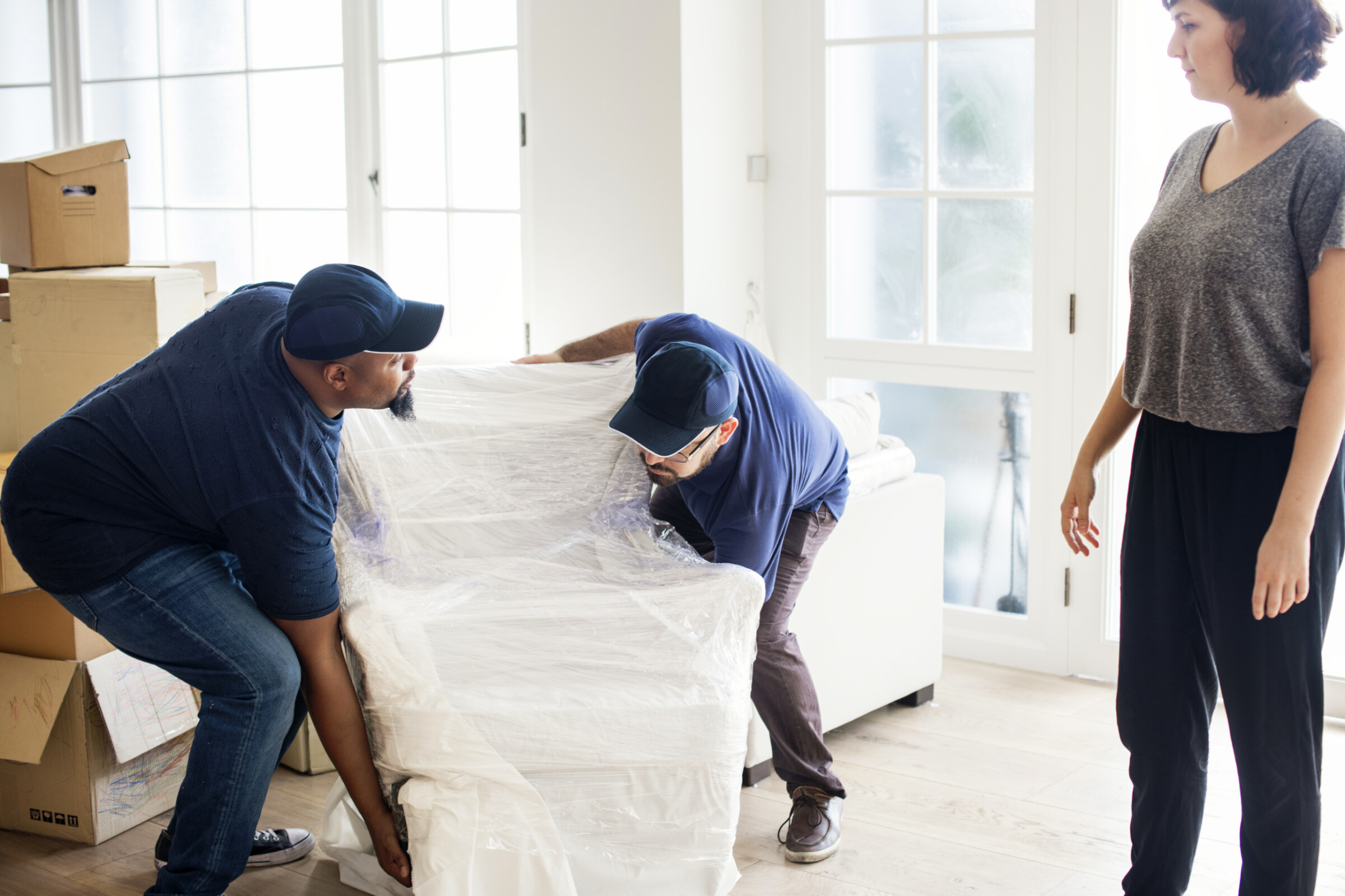
How much does it cost to move house?
Read more

How much does piano moving cost?
Read more
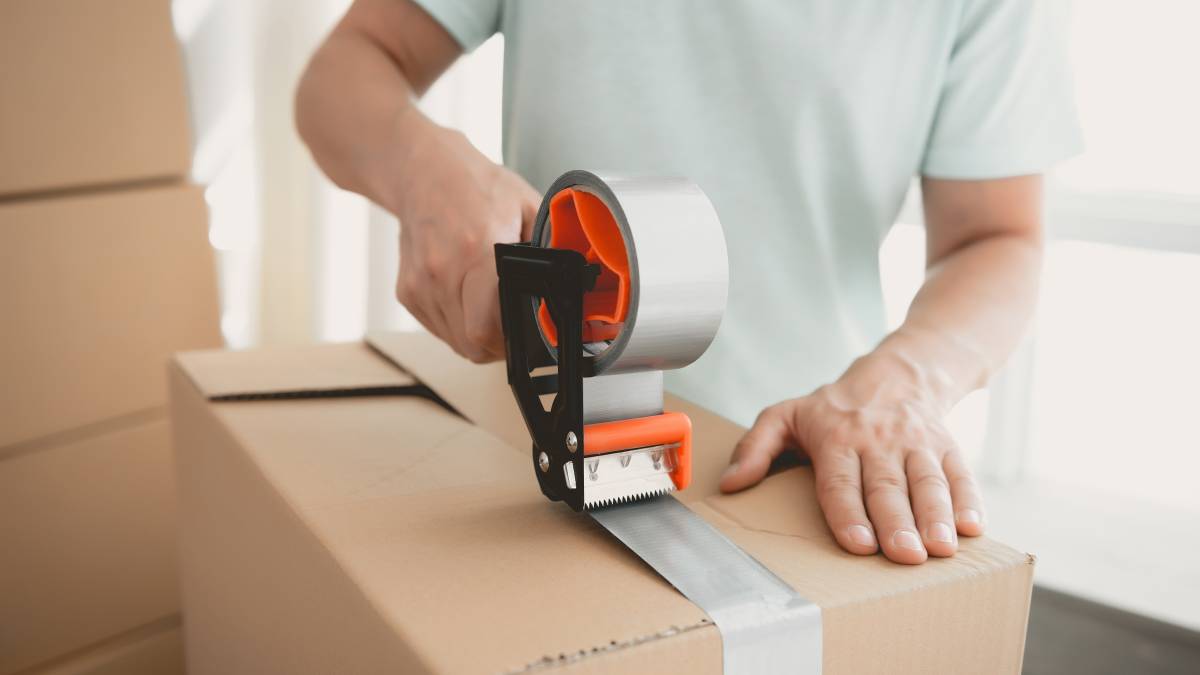
How much do packers cost?
Read more
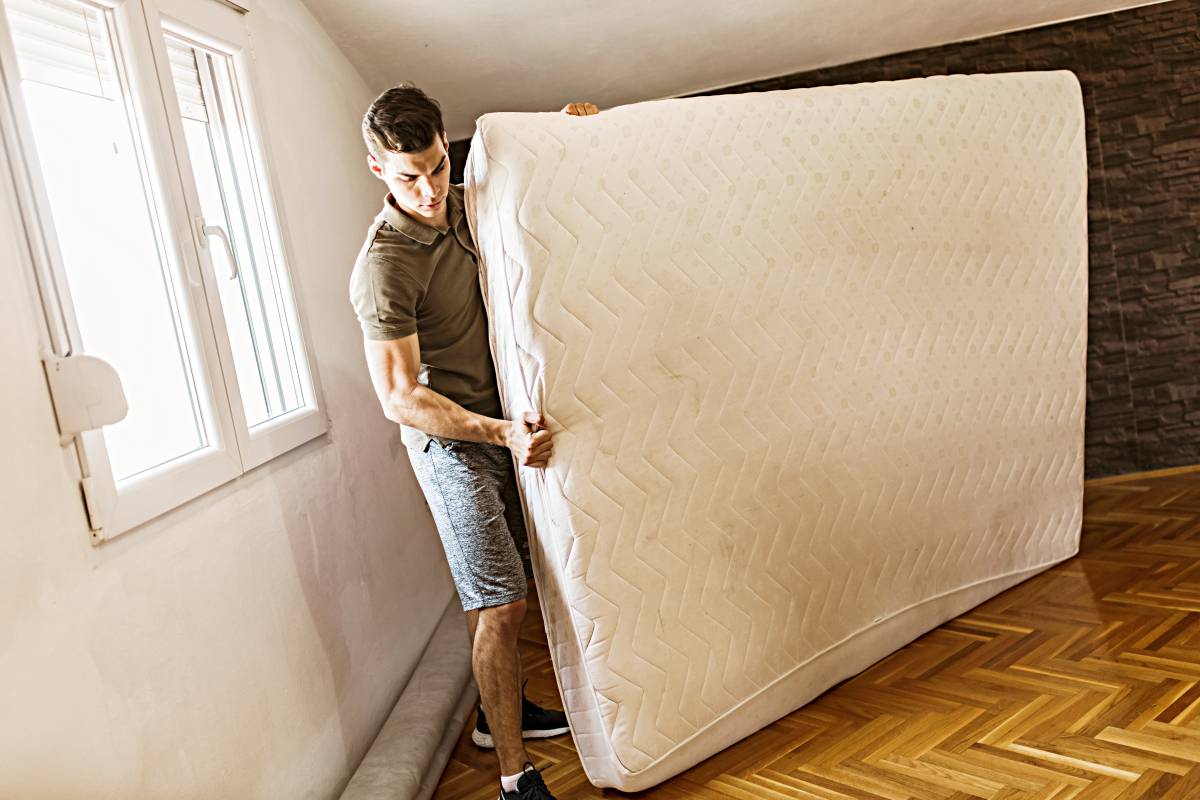
How much does mattress removal cost?
Read more
Let's do this!
It's free and takes only a minute.







